Stories disappear after 24 hours. But with a solid understanding of Instagram Story analytics, you can ensure they have lasting impact.
With top of the feed placement, links, and interactive stickers, Instagram Stories are a prime channel for brands to drive awareness, traffic, sales, and engagement.
Learn how to measure Instagram Stories analytics and which metrics to track so you can optimize Stories to achieve your goals.
Download your free pack of 72 customizable Instagram Stories templates now. Save time and look professional while promoting your brand in style.
How to view Instagram Story analytics
There are a few ways to check analytics for Instagram Stories. We break them down below. But first, make sure you have an Instagram Business or Creator account. Without one, you won’t have access to analytics.
How to view Instagram Story analytics in Instagram Insights
- From the Instagram app, go to your profile.
- Tap the Insights button above your Story Highlights.
- Scroll down to Content you shared and tap the arrow next to Stories.
Here, you will see all of the stories you’ve recently posted. The default time frame is Last 7 Days. Tap on it, to adjust the time period. You can choose from several options, ranging from Yesterday to Last 2 Years.
Then, tap the dropdown menu in the top left corner of the screen to select the metric you would like to access.
Available Instagram Stories metrics include:
- Back
- Call Button Taps
- Email button taps
- Exited
- Follows
- Next Story
- Business Address Taps
- Impressions
- Link Clicks
- Forward
- Profile Visits
- Reach
- Replies
- Shares
- Text Button Taps
- Website Taps
- Story Interactions
Once you select your time period and metric, you can scroll all Stories to see how many interactions each individual Story collected.
You can also tap on any Story and swipe up to view its detailed analytics.
To see the results of a poll or other sticker actions, click the eye icon beside the insights icon (it looks like a bar chart).
How to view Instagram Story analytics in Hootsuite
To view Instagram Story analytics in Hootsuite, add the Panoramiq Insights app to your dashboard. This simple add-on will give you access to in-depth Story analytics. With access to insights from all of your social media accounts in one place, you’ll have a bird’s eye view of your strategy at all times.
With Hootsuite, you can also export Instagram reports to CSV and PDF files — a feature that is not currently supported by Instagram’s native Insights tool.
Learn more about using Panoramiq apps with Hootsuite:
Other ways to view Instagram Story analytics
You can also view Instagram Stories stats in Facebook’s native business dashboards. For more information, check out these resources on how to use:
Understanding Instagram Story metrics you should track (and what they mean)
Instagram Stories metrics are split into three categories: Discovery, Navigation, Interactions.
Instagram Story analytics: Discovery metrics
- Reach: The amount of accounts that saw your story. This figure is an estimate.
- Impressions: The total number of times your story was viewed (including repeat views).
Why discovery stats matter: People use Instagram to discover brands. And 62% of people surveyed by Facebook say they’re more interested in a brand or product after seeing it in Stories.
Compare reach and impression numbers to your follower count to gauge how much of your audience is watching your Stories.
Tip: Add stickers to boost the discoverability of your Stories. When you use a hashtag or location sticker, your story is more likely to appear in Explore or the sticker’s larger story. If you run a small business, use the Support Small Business, Gift Cards, or Food Orders stickers.
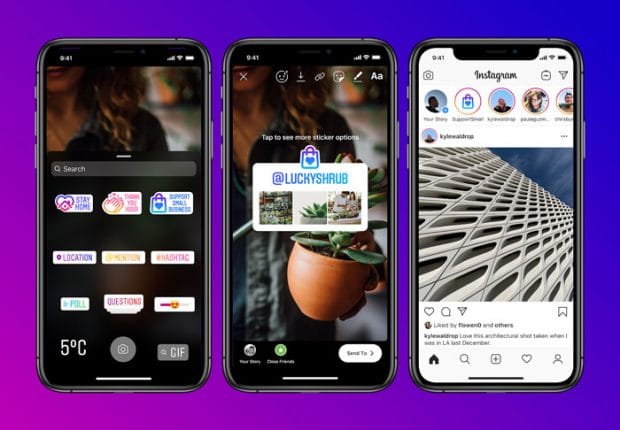
Instagram Story analytics: Navigation metrics
- Forward Taps: Number of times someone tapped to the next story.
- Back Taps: The number of times someone tapped back to see the previous story.
- Next Story Swipes: The number of times someone swiped to the next story.
- Exit Story Taps: The number of times someone exited your story.
- Navigation: The overall total of Back, Forward, Next Story, and Exited actions taken with your story.
Why navigation stats matter: Navigation metrics show you what’s working and what isn’t. If a lot of viewers exit or skip to the next story, it’s a good sign your content isn’t capturing attention. Back taps, on the other hand, suggest your story shared content or info people wanted to see twice. This may also be a good one to save to your Instagram Story highlights.
Tip: Keep Stories short and sweet. People aren’t looking for long-form content here. A 2018 study by Facebook IQ found that Story ads performed best at 2.8 seconds per scene.
Instagram Story analytics: Interactions metrics
- Profile Visits: The number of times your profile was viewed by someone who viewed your story.
- Replies: The tally of people who responded to your story.
- Follows: Number of accounts that followed you after viewing your story.
- Shares: The number of times your story was shared.
- Website Visits: The number of people who clicked the link in your profile after watching your story.
- Sticker Taps: The number of taps on the location, hashtag, mention or product stickers in your story.
- Calls, Texts, Emails, Get Directions: Tallies the number of people who took one of these actions after viewing your story.
- Product Page Views: Number of views your product pages received via the product tags on your story.
- Product Page Views per Product Tag: The number of views of a product page for each product tag in your story.
- Interactions: The total count of actions people took after viewing your story.
Why interaction stats matter: If your goals include engagement or other actions, interaction stats help you measure your success in achieving them. If your goal is to get more followers, compare Profile Visits with Follows. Did you want your story to drive traffic to your website? Website visits will show you how it fared.
Tip: Stick with one, clear call-to-action that aligns with your goals. Emphasize your CTA with branded stickers, or creative that emphasizes it. Facebook data found that highlighting CTAs drives significantly more conversions for 89% of studies tested.
More things you can measure with Instagram Stories analytics
Here’s how to measure Instagram Stories metrics like sticker taps, engagement rate, and more.
How to measure hashtag and location sticker performance on Instagram Stories
Instagram story stickers include hashtags, locations, mentions, and product tags. In other words, stickers are basically tags that viewers can tap to see related content. Like tags elsewhere, these stickers can also help a story reach a larger audience.
Sticker taps count as interactions and can be found under Interactions. If you haven’t used any stickers, you won’t see this metric.
How to measure engagement on Instagram Stories
Instagram story engagement metrics can be found under interactions. There’s no agreed-upon formula for measuring story engagement. But there are a few ways to think about it, depending on your goals.
Compare reach with follower count
Divide story reach by the number of followers you have to gauge what percentage of followers are viewing your Stories. If one of your goals is to engage followers or promote awareness, keep an eye on this.
Total reach / Follower count *100
The average Instagram story view is 5% of your audience, said James Nord, founder of influencer marketing platform Fohr, in an Instagram Live interview with Matthew Kobach, manager of digital and social media for the New York Stock Exchange.
If you think this figure is low, consider promoting your Story with an Instagram post. Here’s an example:
Compare reach with interactions
Divide total interactions by total reach to see the percentage of viewers who took action after seeing your story.
Total interactions / Total reach * 100
Compare reach with a key interaction
Focus on the interaction that best aligns with your goal. If your call-to-action is to Follow Us, divide Follows by reach. This will show you the percentage of viewers who took the action.
Key interaction / Total reach * 100
Pro tip: Remember not to compare apples to oranges. Whatever way you choose to measure engagement, make sure you’re consistent. That way you can make fair comparisons and see what’s really working and what’s not.
How to measure discovery on Instagram Stories
Discovery is tricky to measure on Instagram Stories, since Instagram doesn’t differentiate between Instagram accounts that follow you and accounts that don’t.
Reach shows you how many people are watching your Stories. But to drill down on discovery, keep an eye on Profile Visits, Follows, and Website Clicks. These metrics measure viewers who likely weren’t following you, but liked your story enough to check out your profile, hit the follow button, or visit your website. Watch Shares, too. A share is a great way to be discovered, and could drive more follows.
Instagram recently introduced Growth Insights, which allows you to see which Stories and posts earned the most followers. To check these insights, go to the Audience tab in Instagram Insights. Scroll down to Growth where you’ll find a chart that shows you follower changes by day of the week.
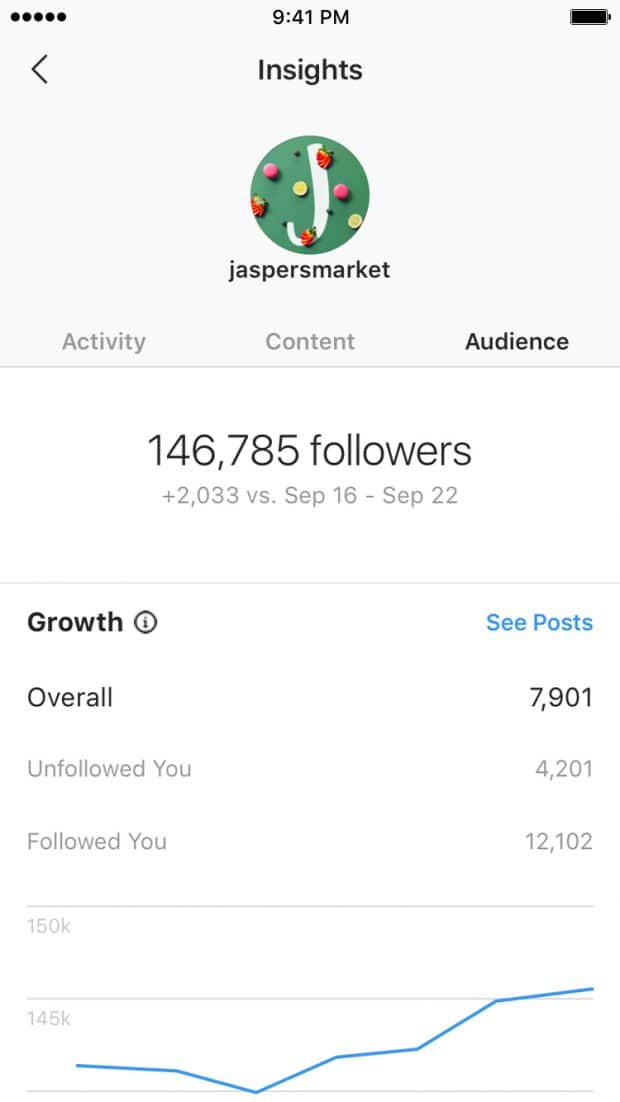
Don’t forget your stickers. Check the viewer numbers of other Stories associated with your stickers under Viewers. But act fast: this data is only available for 14 days. Keep track of the stickers that bring the most viewers.
How to measure traffic from Instagram Stories
Compared to most social networks, Instagram doesn’t offer a lot of places to refer traffic outside of the app. Brands were stuck with “link in bio” call-to-actions until Instagram rolled out the Swipe Up feature for Stories.
It’s tricky to measure how many people Swipe Up. The best way to do it is to add UTM parameters. These are short codes you add to URLs so you can track website visitors and traffic sources.
Tip: Highlight Stories with links so people can keep swiping outside the 24-hour window.
You can also track Website Visits. This measures how many people visit the link in your bio after seeing your story.
The Swipe Up feature is only available to accounts with 10K+ followers. Here’s how to earn more followers on Instagram if you need help hitting that number.
Download your free pack of 72 customizable Instagram Stories templates now. Save time and look professional while promoting your brand in style.
How to see when your audience is most active
Instagram Stories are only live for 24 hours, unless you add them to your highlights. Post them when your followers are most active to ensure they don’t go unseen.
Follow these steps to see when your audience is online:
- From the Instagram app, open Insights.
- Click on the audience tab. Scroll down to Followers.
- Toggle between hours and days. See if there are any noticeable peaks.
These are the best (and worst) times to post on Instagram.
How to track Instagram Stories you are tagged in
Instagram recently made it easier for creator and business accounts to track story mentions.
Now you can see any story that mentions you at the top of the Activity tab. To access Stories About You, tap the heart icon, then Mentions under Stories About You. From there you can look at each post, add them to your own Stories, or simply thank them for the love.
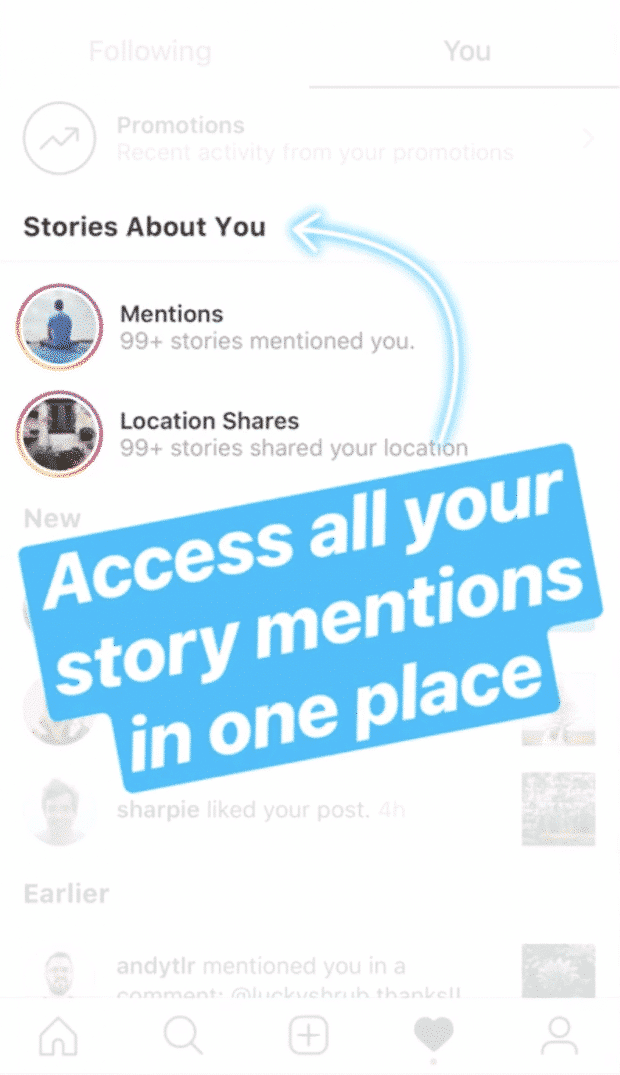
This includes when people use the Support Small Businesses sticker. Right now, Stories that use this sticker are added to a larger story that appears at the top of feeds. If you run a small business, be sure to benefit from the added exposure.
How to optimize your strategy based on your Instagram Stories analytics
Here’s how to use Instagram Insights to inform a great Instagram Stories content strategy.
Find what works
Understanding how your Stories are performing over time will help you pinpoint top performing posts. If you spot photos and videos that outshine other Stories, look for ways to recreate it.
Turn successful ideas into concepts. Run polls or quizzes around different themes or spin a successful tutorial into a recurring series. For example, Culture Hijab posts regular tutorials on different ways to wear hijabs.

On the flip side, don’t panic if something flops. Stories are an ideal place to experiment and learn. Fortunately, if an idea doesn’t take off, it disappears in a day.
Need some inspiration? Pick up tips from 7 of the best brands on Instagram Stories.
Listen to audience feedback
Qualitative data is just as important as quantitative. If you’ve used poll, quiz or question stickers to engage your audience, pay attention to responses.
Use feedback to inspire new products, services or content. And don’t be afraid to ask directly. People like having their voices heard. The LA County Museum of Art recently ran a poll that asked viewers to share what content helps them de-stress. Then it gave the people what they wanted: Cats.
Learn how people prefer to communicate with you
Between stickers, replies, and call buttons, there are lots of ways for followers to get in touch with you. But some options may be preferred over others.
Take a look at Call, Text, and Email metrics to see if one stands out. If you’re getting more emails than calls, adjust your call-to-actions (and support services) accordingly. You might just see more bookings, orders, or inquiries as a result.
It may seem like a minor tweak, but communication methods can be a hang-up for some customers. Sometimes it’s generational. Millennials have been accused of avoiding phone calls. Non-native language speakers may feel more comfortable over email.
me, a millennial, exhausting every possible option in a situation other than making that quick phone call:pic.twitter.com/ZG9168DeFZ
— J.R.R. Jokin' (@joshcarlosjosh) February 24, 2020
Don’t ignore Replies, either. If people are sliding into your DMs, it may be time to organize your Instagram Inbox. Professional accounts have access to two-tab inboxes. Move messages between Primary and General tabs to ensure you get back to people efficiently.
Ready to start scheduling Instagram Stories and save time? Use Hootsuite to manage all your social networks (and schedule posts) from a single dashboard.
Easily create, analyze, and schedule Instagram posts and Stories with Hootsuite. Save time and get results.
The post Instagram Story Analytics: How to Measure the Metrics that Matter appeared first on Social Media Marketing & Management Dashboard.

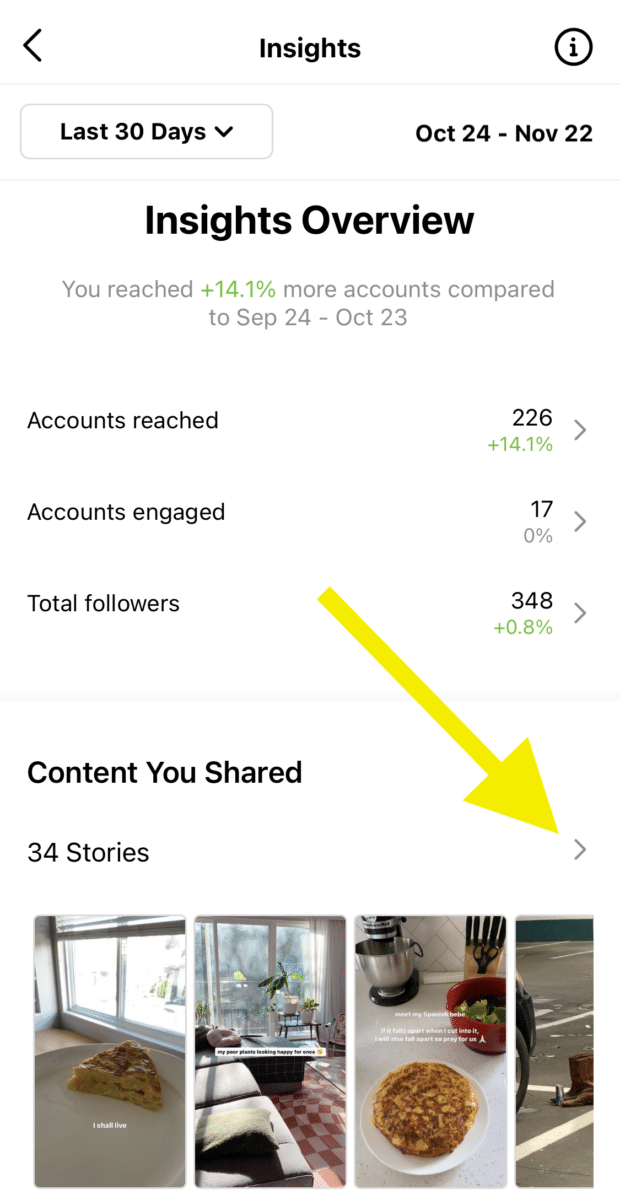
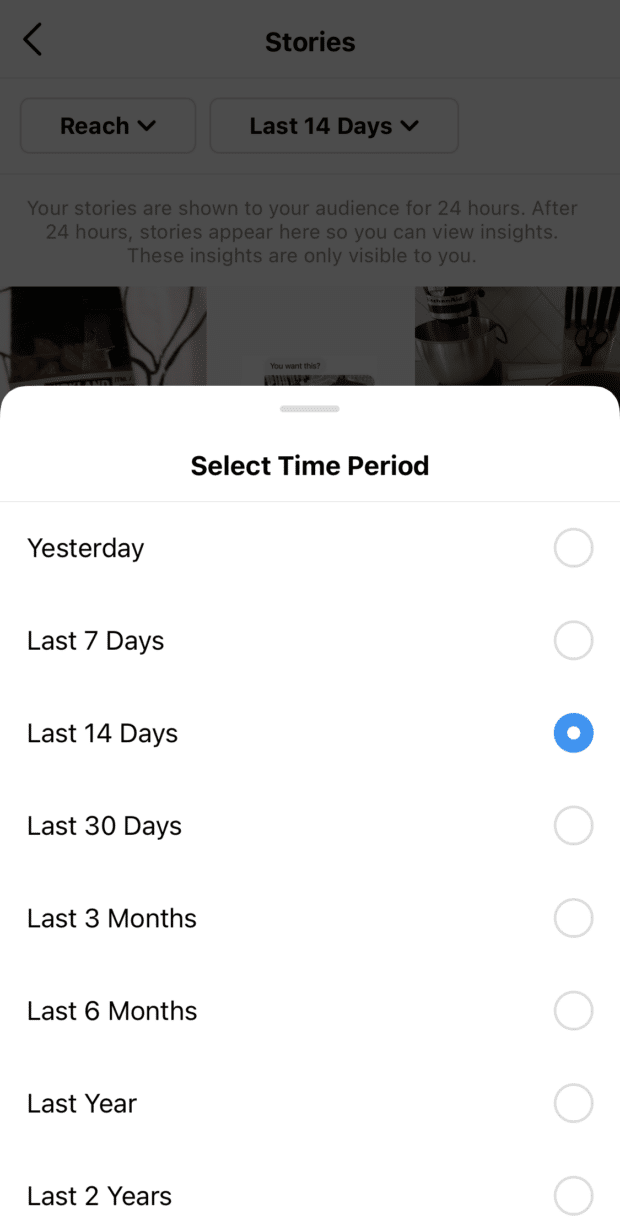
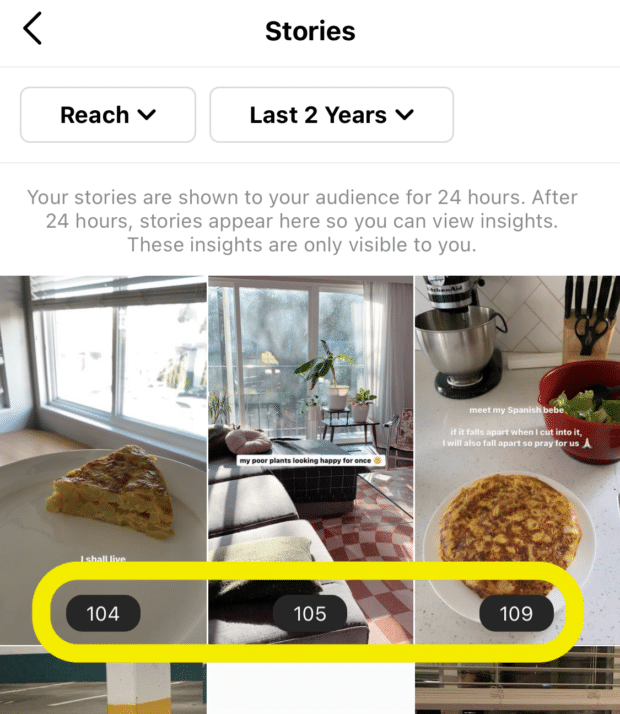

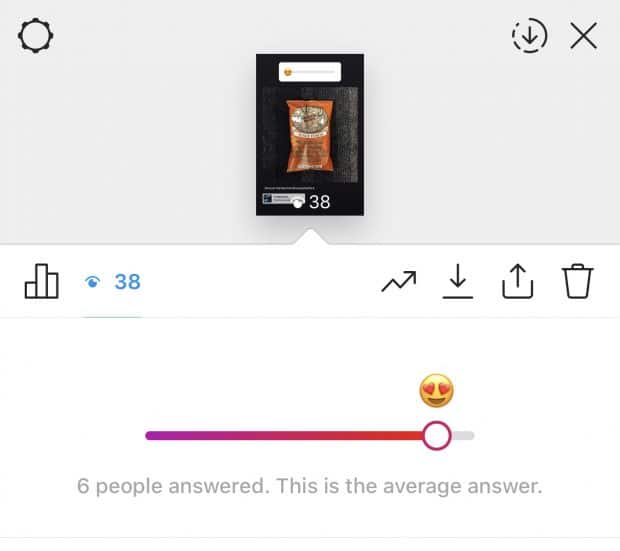
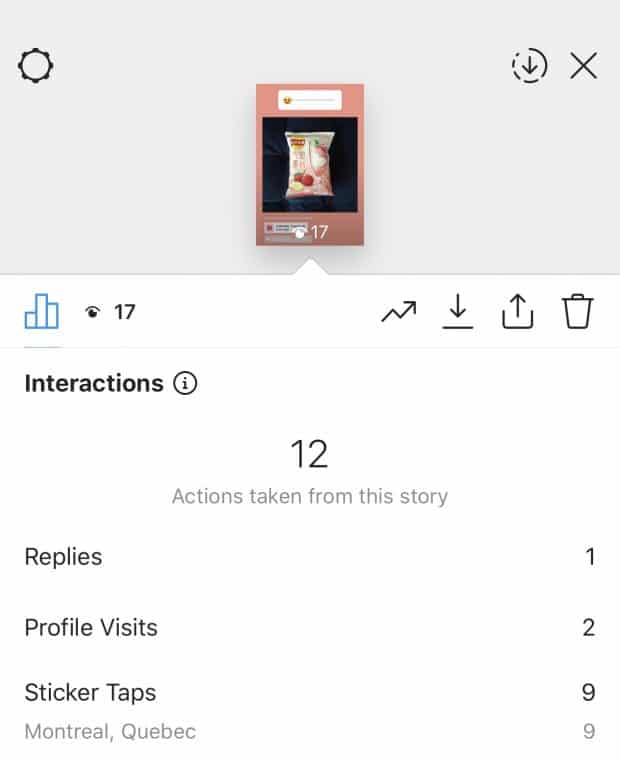
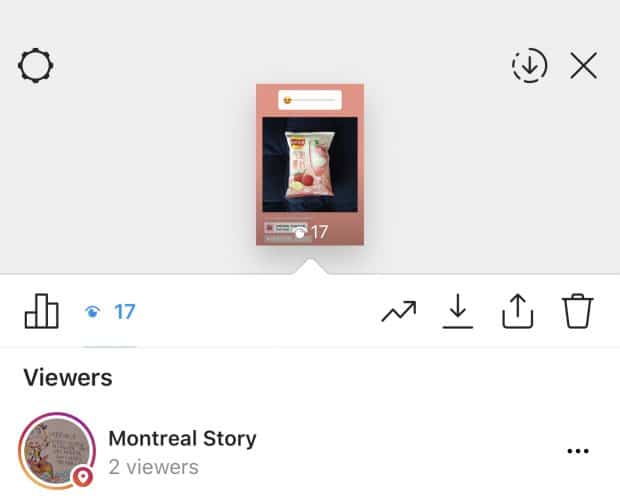
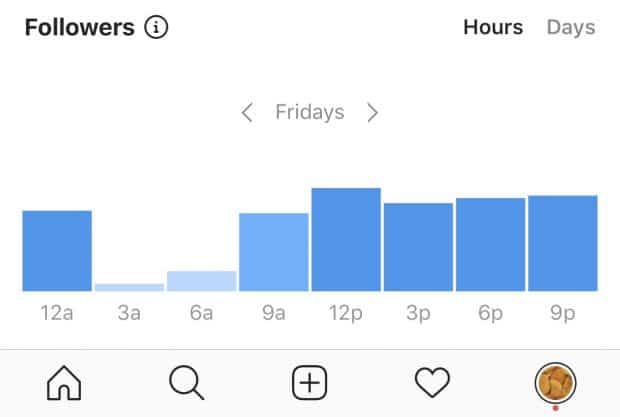

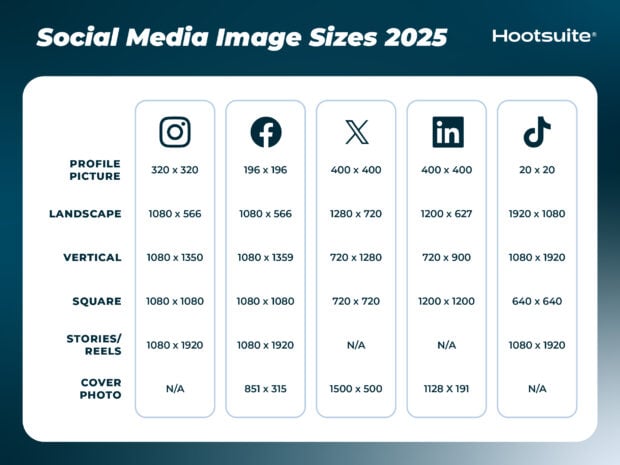
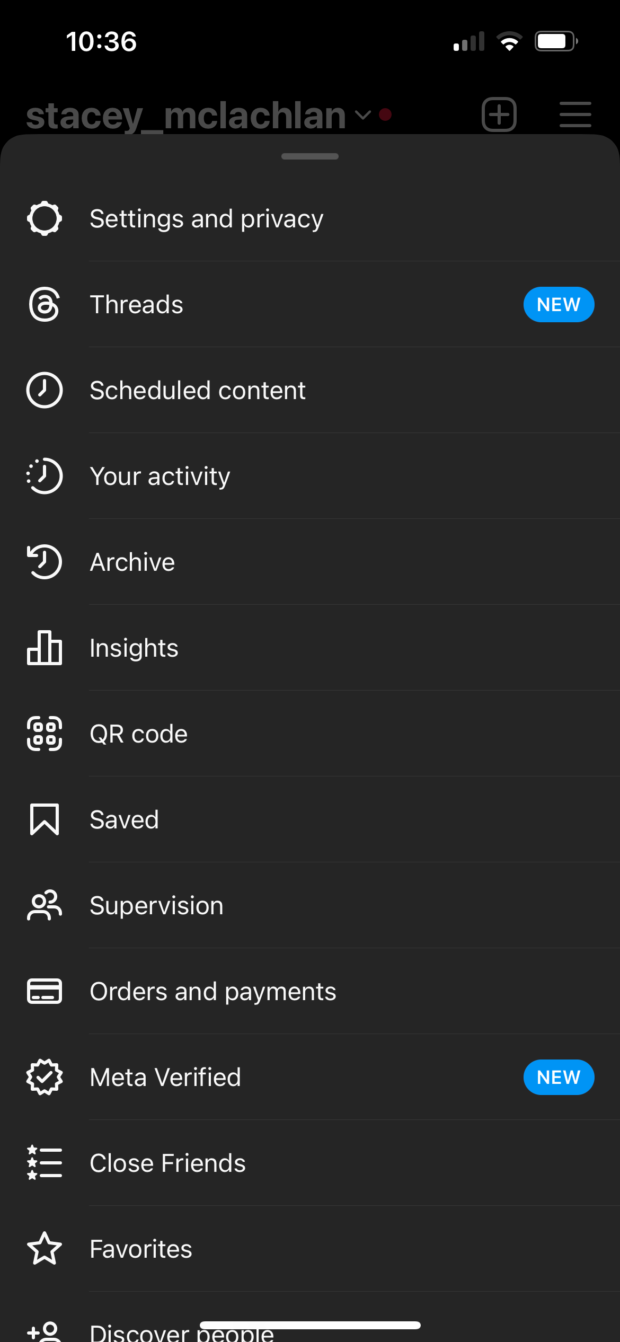

Recent Comments